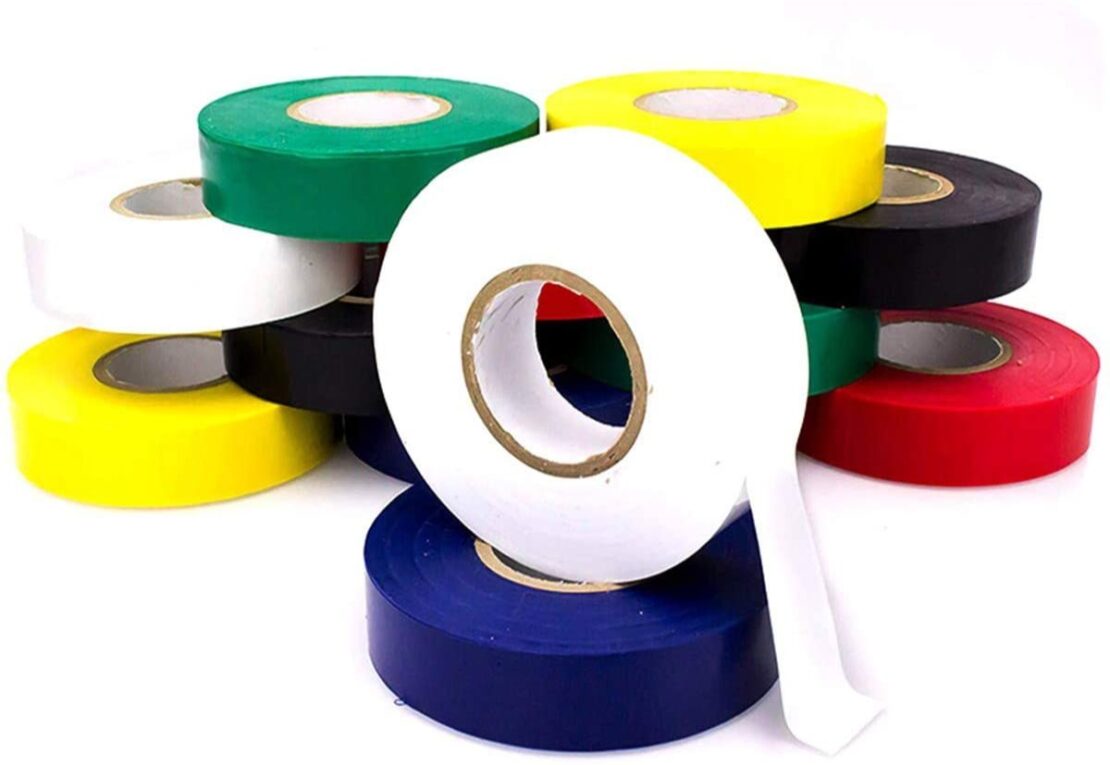Adhesive tapes, sometimes simply called tapes, are versatile tools that use adhesive to join or repair items together. They come in many forms for different applications but all rely on a backing material and an adhesive. The backing provides strength and structure while the adhesive binds items together. Adhesive tapes have evolved significantly since their invention and now play an important role in both industrial and consumer products.
Types of Backing Materials
Adhesive tapes use a variety of materials for the backing layer depending on the intended use. Some common backing materials include:
– Paper: Perhaps the most widely used, paper provides an inexpensive yet durable backing. It is suitable for general purpose uses like packaging and office work.
– Plastic/Polymer Film: Films made of materials like polyvinyl chloride (PVC) and polypropylene are used when durability or weather resistance is required. They are commonly found in insulating, packaging, and duct tapes.
– Cloth/Fabric: Cloth or woven fabrics like cotton make reinforcement tapes that are strong yet flexible. They are often used for masking, splicing, and electrical applications.
– Foil: Aluminum foil is an excellent barrier to moisture, making it well-suited for flashing and HVAC tapes. It also reflects heat, making foil tapes useful for insulation.
Adhesive Types
Just as there are various backing materials, different adhesives are formulated for specific uses:
– Acrylic: A general purpose adhesive that is durable and weather resistant yet removable. Commonly used on surface protection, masking, and shipping tapes.
– Rubber: Provides high bonding strength on difficult surfaces like metal or plastic. Found in duct tapes and some packaging tapes.
– Silicone: Excellent for high and low temperatures with very high adhesion. Used for heat-resistant tapes like HVAC and some insulation tapes.
– Natural Rubber: Durable yet removable adhesive for cushioning and packaging applications like bookbinding tapes.
– Hot Melt: An Adhesive Tapes that is applied while molten and then cools to form a bond. Used for secure, permanent bonding in packaging tapes.
Common Applications of Adhesive Tapes
Packaging Tapes
As the name suggests, packaging tapes are designed for sealing and closing cartons, boxes, and other shipping containers. Features like high strength adhesives, fibers or filaments in the backing add reinforcement to ensure packages stay securely closed during transport. Carton sealing, filament box sealing, and pallet wrapping tapes are all types used extensively in logistics and warehousing.
Duct Tapes
Perhaps the most well-known type of adhesive tape, duct tapes have thick, durable backings reinforced with fabrics like cotton for extra strength. They feature aggressive adhesive options like rubber that stick powerfully to many surfaces like metal ductwork. However, duct tapes also see wide use for general repairs, bundling, and crafts due to their durability and stickiness.
Insulation Tapes
Used for sealing and joining pipes, ductwork, and HVAC systems, insulation tapes provide barriers to air, moisture, heat, and sound. Features like aluminum foil or silicone adhesive make them well-suited for sealing and wrapping applications up to high temperature ranges. They play an important everyday role in buildings for efficiency and performance.
Electrical Tapes
As the name implies, electrical tapes are designed for use in applications involving electricity and wiring. Features like non-conductive backings combined with durable adhesives that bond well in heat make them suitable for applications like wire marking, splicing, and insulation. Colored electrical tapes also allow for convenient color coding of circuits.
Surface Protection Tapes
These tapes are used to guard surfaces from damage, dirt, or abrasion during manufacturing, assembly, shipping, and installation. Features like acrylic adhesives that are durable yet removable without harming surfaces combined with paper or plastic backings allow protective taping of parts, equipment, floors, and more. Applications range from protective edge guarding to masking.
Medical Tapes
For medical uses, tapes need to adhere securely to skin without harming delicate tissues. Features like hypoallergenic acrylic adhesives combined with breathable cloth or paper backings allow medical tapes to be used for wound care, dressings, and other applications. They provide protection, support, or closure in bandages and splints. Specialist variants include surgical tapes for closure.
Advancements in Adhesive Tape Technology
Over the decades, adhesive tapes have advanced significantly alongside related technologies like polymers and film substrates. New backing materials provide better strength, durability, or special attributes like moisture resistance. Adhesives also continue to be formulated for improved performance factors like adhesion strength, operating temperature range, and removability properties.
In manufacturing, tapes are more sophisticatedly engineered with features like pigments and fillers for properties or new application methods like laser or ultrasonic bonding. Artificial intelligence and robotics also support more refined batch-to-batch consistency. Overall, continual refinements ensure today’s adhesive tapes perform better than ever before for the applications depending on them.
*Note:
1. Source: Coherent Market Insights, Public sources, Desk research
2. We have leveraged AI tools to mine information and compile it

